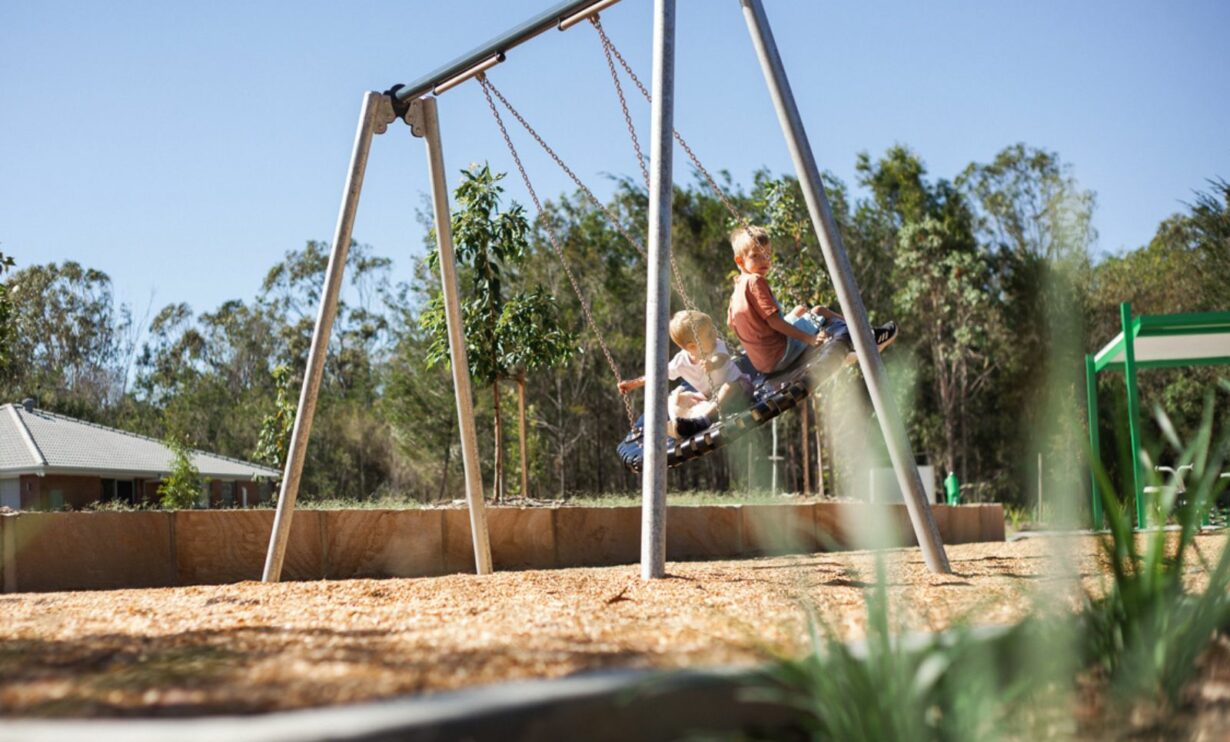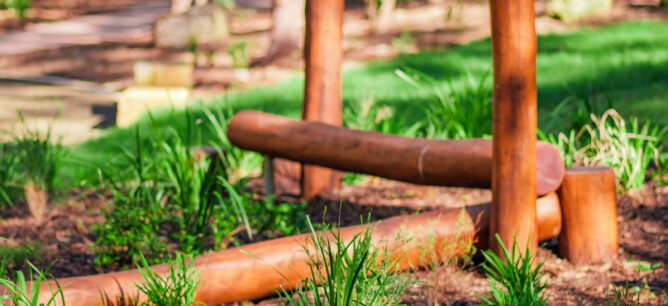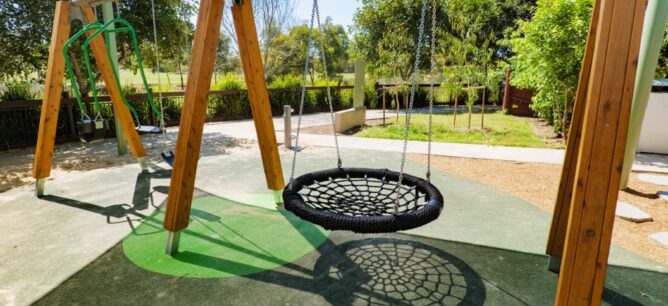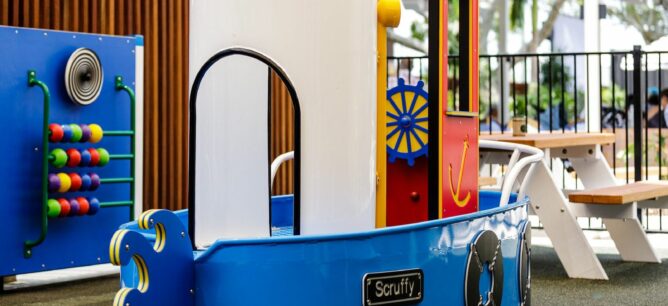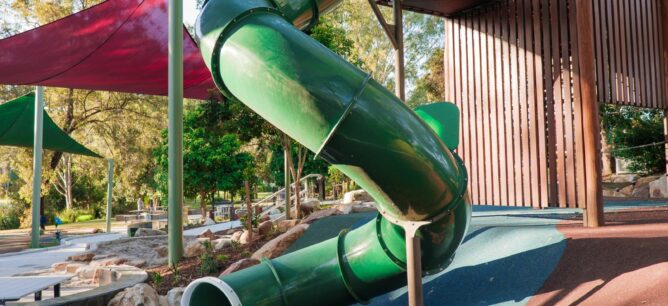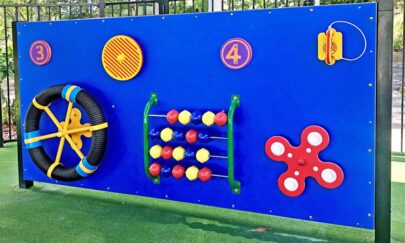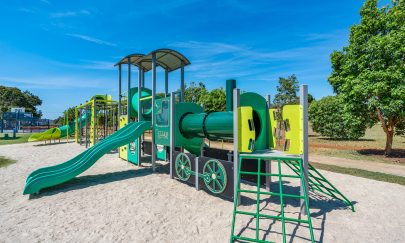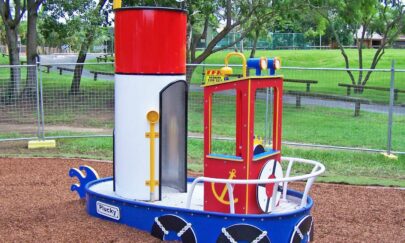How to design a playground
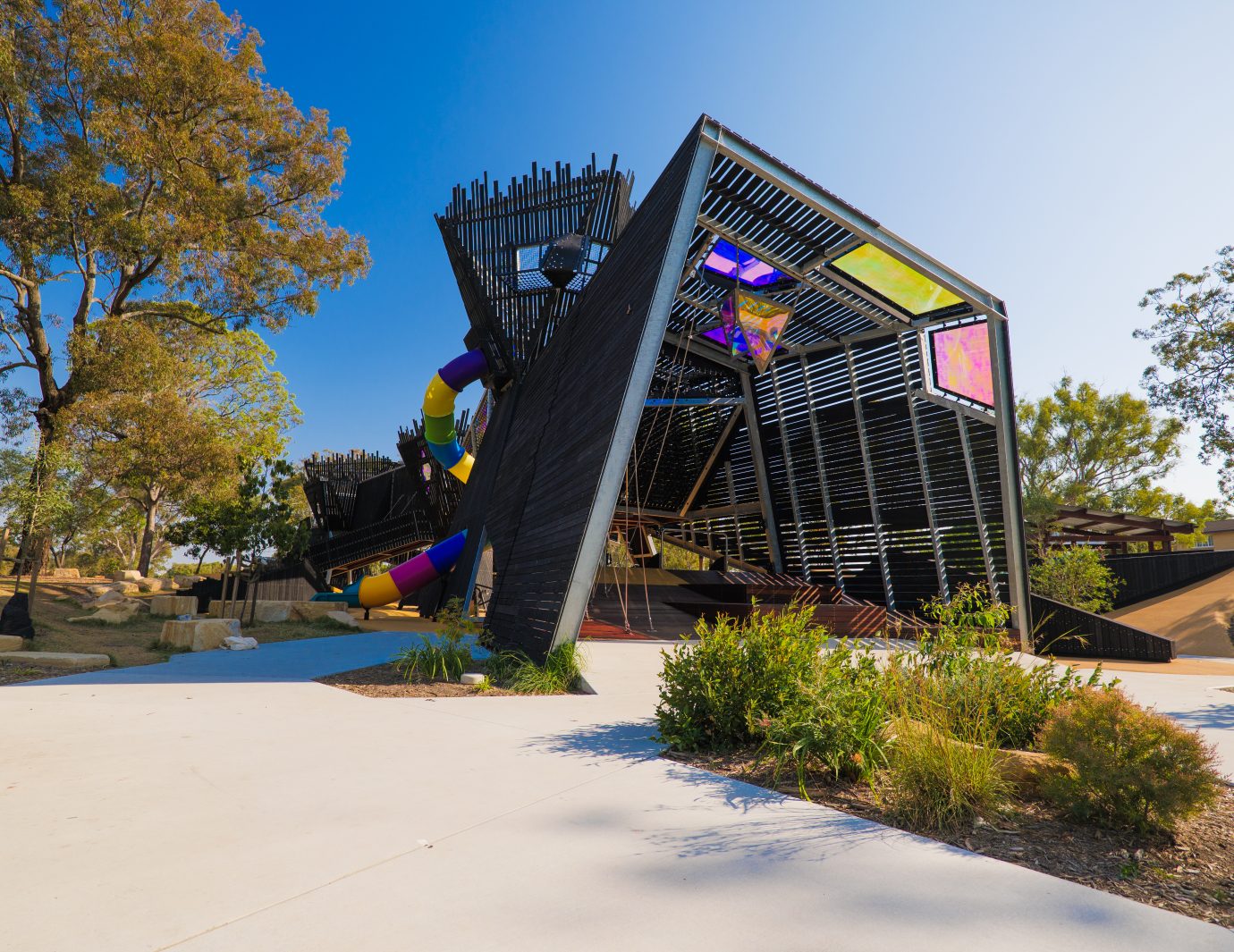
Discover the 4 essential principles of good playground design.
Designing a playground is not just about erecting structures; it’s about creating environments that spark imagination, encourage exploration, and promote physical and cognitive development. For landscape architects, crafting these spaces requires a deep understanding of children’s needs, safety standards, and innovative design principles. In this guide, we’ll delve into the essential tips and principles for designing captivating playgrounds that leave a lasting impact.
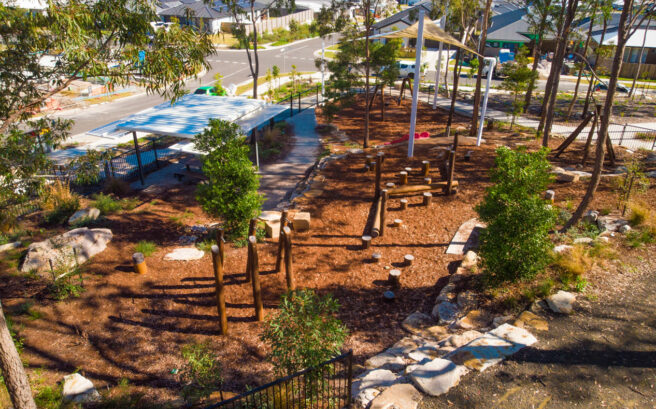
1. Draw inspiration from the surrounds
One of the key principles in designing a successful playground is creating a sense of place that resonates with the local community. As playground designers, we strive to honour an area’s unique heritage by incorporating cultural elements and symbols into the design. Equally, the surrounding environment services as a rich source of inspiration. Take cues from the local landscape, architecture and cultural landmarks to inform the design palette and thematic elements. This helps create playgrounds that feel authentic and grounded in their surrounds,
Nature-inspired playgrounds are gaining popularity for their ability to connect children with the natural world while promoting physical activity and environmental awareness. Consider including timber, sand and water play equipment and use vegetation to create a harmonious blend of play and nature.
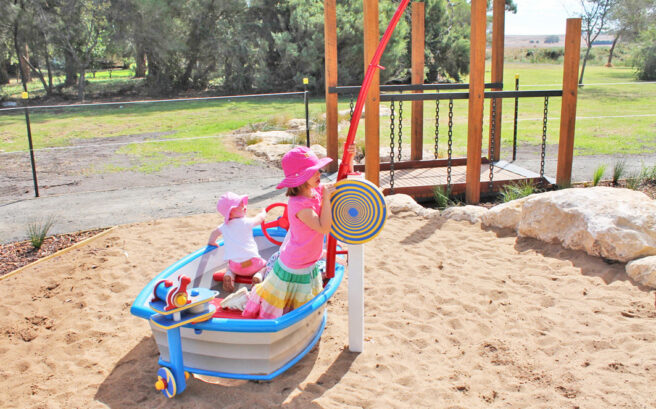
2. Accommodate different types of play
Before diving into the playground design process, it’s crucial to understand the needs, interests and developmental stages of the children who will use the equipment. Consider factors such as age range, physical abilities and sensory preferences.
A well-designed playground caters to a diverse range of needs, fostering different types of play.
- Physical development: For younger children, focus on low platforms, gentle slopes, and age-appropriate climbing structures to help them develop coordination, balance and gross motor skills. Older children may benefit from more challenging equipment that encourages strength-building activities, such as monkey bars, slides and swings. By offering a variety of physical challenges, the playground can support children of all ages and abilities in developing their strength, coordination, and overall physical fitness.
- Cognitive development: Playgrounds can also support children’s cognitive development by providing opportunities for exploration, problem-solving and imaginative play. Incorporate elements that stimulate the senses, such as sand play, water play and musical instruments. Design open-ended play spaces that allow children to use their imaginations and invent their own games and scenarios.
- Social and emotional needs: Playgrounds are not just places for physical activity; they are also important social spaces where children learn valuable social and emotional skills. Design playground layouts that encourage social interaction and cooperative play, such as group swings, seesaws, and multi-user climbing structures. Include seating areas and gathering spaces where children can socialise, collaborate, and build friendships.
- Accessibility and inclusivity: Design inclusive play equipment that allows children of all abilities to play together, fostering a sense of belonging and acceptance. By prioritising accessibility and inclusivity, playgrounds become spaces where every child can experience the joy of play and exploration, regardless of their abilities or limitations.
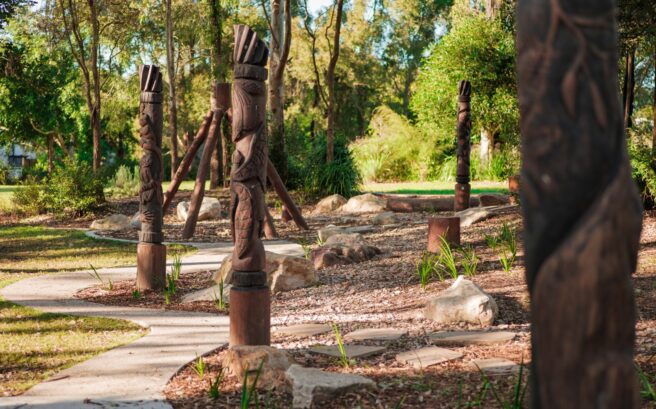
3. Focus on the flow
Creating good playground “flow” is essential for ensuring that children can move seamlessly between different play areas and activities. The layout should be intuitive and easy to navigate, allowing children to move freely between different play areas without encountering obstacles or dead ends.
- Arrange play equipment in a way that encourages exploration and discovery, with clear sightlines and pathways that guide children from one activity to the next.
- Divide the playground into distinct activity zones that cater to different types of play and age groups. Create separate areas for active play, such as climbing, swinging and running, as well as quieter zones for sensory exploration, imaginative play and social interaction.
- Designate specific areas for specific age groups, with equipment and activities tailored to their developmental needs and abilities.
- Create connections between different play elements and activity zones to encourage continuous movement and exploration. This can be done by integrating pathways, bridges, tunnels and other interactive features.
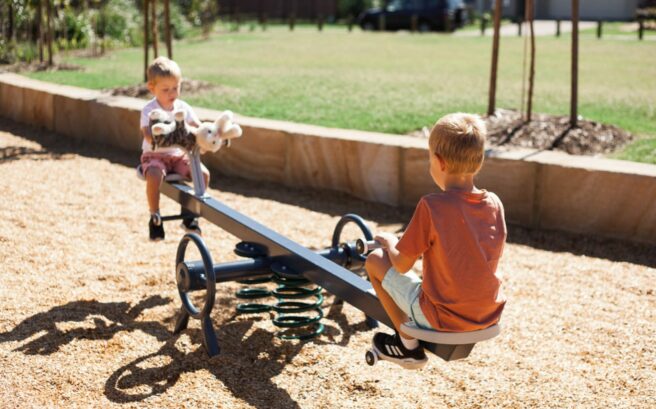
4. Balance safety and adventurism
While it’s crucial to prioritise safety and adhere to the relevant safety standards and guidelines, overly cautious designs can stifle children’s sense of adventure and exploration. A well-designed playground strikes a careful balance between providing exciting and challenging play opportunities and mitigating potential risks. Incorporating safety features such as soft surfacing, proper fall zones, and age-appropriate equipment helps minimise the risk of injuries while allowing children to push their boundaries and test their limits in a controlled environment. By embracing a spirit of controlled risk-taking and adventure, playgrounds can offer children the opportunity to develop important skills such as problem-solving, resilience and self-confidence, fostering healthy physical and cognitive development while ensuring their safety remains paramount.
Designing a playground is a multifaceted endeavour that requires careful consideration of children’s needs, safety standards and innovative design principles. As play experts, PlayWorks collaborates with landscape architects to create bespoke play environments that follow the principles of good playground design. Contact us today to co-create your next design project.
Speak to us to get a free playground design concept
